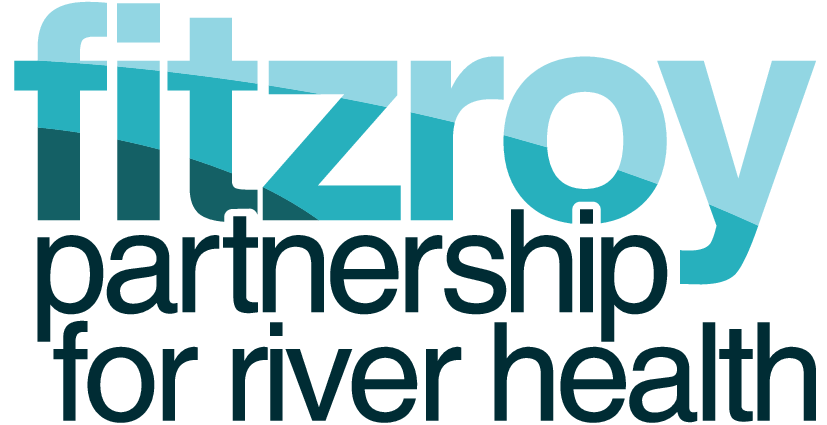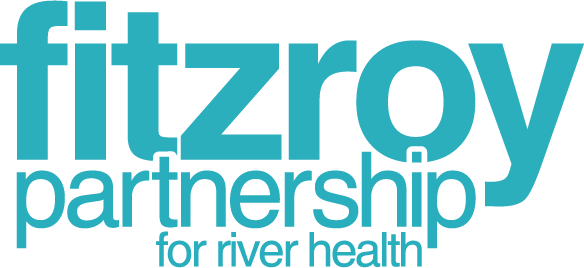Kestrel Coal: Finding the balance in water management
Kestrel Coal Resources (Kestrel) appreciates that clean water is a valuable and finite resource, particularly within the Fitzroy River Basin, where there are times of extreme under and over supply – the reality of droughts and flooding rains. These extremes can even occur within the same year, as in 2021 where the
year commenced on the back of a number of below average wet seasons, but ended with a major flooding event in December.
Managing water across the mine site through these extremes aims to find a balance between water usage, water storage and water release, depending on the conditions at the time.
As an underground mine, Kestrel is also particularly aware of the surrounding groundwater system – as a resource for our neighbours, the interaction with surface waterways and Groundwater Dependent Ecosystems, and from deeper aquifers, as an operational and potential safety issue via management of water ingress into the mine.
Kestrel Mine’s Water Management fundamentals include:
Reducing Raw Water Usage
Reverse Osmosis – Kestrel operates 2 x RO plants on site, with capacity for taking a combined feed of 125,000 L/hr of mine water, and producing up to 92,200 L/hr of clean water. There is still some optimisation works required to get the RO plants operating to full capacity, but they have the capability to significantly reduce both the need to import raw water, and reduce mine water storage requirements.
Re-use for operational requirements – Kestrel seeks to minimise importation of raw water by re-using as much mine water as possible through the operations, and subsequently reducing the amount of mine water storage that is required. A major water recycling program was implemented across Kestrel in 2017, that established recycling options from all existing water storages, and reduced raw water demand by 65%. Since that time incremental improvements continue to be identified and implemented.
Minimising Mine Water Storage
Dry Stacking Tailings – Kestrel has removed the need for a standard Tailings Dam by implementing additional filtration in the coal processing system, allowing for the dewatered tailings to be ‘dry stacked’ along with coarse rejects. Dry stacking of coal washery waste significantly reduces the amount of water that becomes locked up in tailings dams, allows that water to be re-used through the mining operations, and subsequently allows for earlier rehabilitation of the dry tailings at the end of the facility life.
Evaporation fans – Kestrel has a number of evaporation fans that are relocatable depending on where the water management priority is identified. Evaporation fans cannot produce significant, short term water reductions, however over time they can achieve a measurable reduction of water levels within storages.
Water Release
Monitoring and release controls – In extreme flooding events, Kestrel aims to release water stored onsite in order to maintain a safe w water balance, but always in strict compliance with the site’s Environmental Authority conditions that are regulated by the Department of Environment and Science (DES). The volume of flows are recorded by flow meters and weirs, and daily water monitoring of release water, upstream and downstream water qualities are undertaken to ensure any water release remains in compliance with both flow and quality requirements.
Reports are also provided to DES and via the Fitzroy Partnership, which is publicly reported and eventually incorporated into the Fitzroy Partnership annual river health report cards.
Groundwater
Groundwater Model – Understanding the groundwater systems is imperative to understand potential water inflows into the underground workings, but also contributes to better understanding of the surface waterways and associated vegetation ecosystems. In 2021 Kestrel collaborated with some neighbouring landowners to update the current site groundwater model and develop a regional area groundwater model. The model also benefitted in accuracy by being able to utilise a range of groundwater database information.
The groundwater model will allow the mine to better understand any impact on the groundwater system, and provide management and mitigation solutions
as required.



